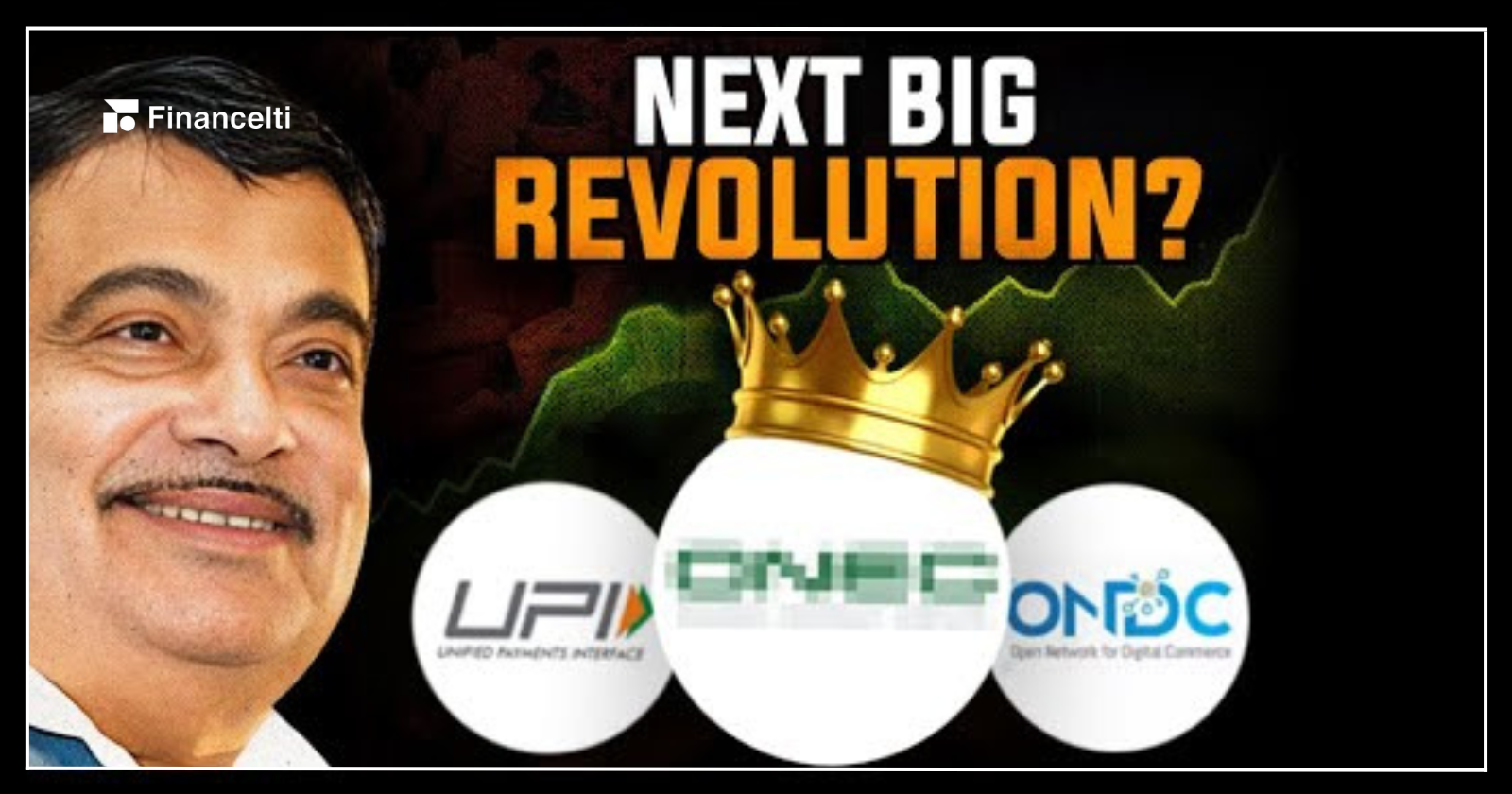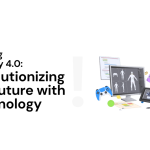In a country like India, where major corporations like Kingfisher Airlines and Adani receive substantial loans and even have their debts written off, small businesses face a different reality. Despite being the backbone of the Indian economy, Micro, Small, and Medium Enterprises (MSMEs) struggle to obtain even small loans. This has led to a critical problem in the Indian banking system, creating what is known as the credit gap problem.
Table of Contents
Understanding the Credit Gap Problem
To comprehend the credit gap problem, we must first understand the challenges faced by MSMEs in India. These businesses often operate on a cash-purchase, credit-sale model. Let’s consider the example of Ravi, a small business owner who sells finished textiles to retailers. Ravi needs to purchase raw materials worth Rs. 1,00,000 each month to keep his manufacturing unit running. However, he must pay his suppliers in cash. On the other hand, when Ravi sells his finished textiles to retailers, they operate on credit and pay him after 60 days.
While Ravi may appear to be making a profit on paper, the delayed payments from retailers leave him with zero cash in hand at the end of each month. To continue his business, Ravi must inject another Rs. 1,00,000 to buy raw materials and fulfill larger orders. This creates a cash flow deficit, highlighting the importance of access to loans for businesses like Ravi’s.
However, small businesses like Ravi’s often struggle to secure loans from banks. Even if they do manage to obtain a loan, the interest rates can range from 15% to as high as 30%, making it challenging for them to repay. This credit gap in India is significant, with a reported $300 billion worth of loans required for MSMEs, but only 16% of small businesses receiving funding from formal financial institutions.
Why Banks Struggle to Provide Credit to MSMEs
The question arises: why are banks unable to provide credit to MSMEs in India? The current loan application process is complex and time-consuming, posing significant challenges for both the banks and the MSMEs. Let’s consider the example of Tirupur Textile, an MSME based in Chennai, seeking a loan of Rs. 5,00,000 to procure raw materials.

The existing loan application process involves multiple steps, starting with the submission of various documents such as bank statements, MSME certificates, ITR returns, GST returns, and KYC. The bank then evaluates the credit risk based on these documents and may request additional information from the enterprise. Physical verification may also be necessary, adding further delays.
Once the eligibility is established, the bank finalizes the interest rate and examines the enterprise’s subsidy eligibility. This process can be time-consuming and complicated, varying across different states. The overall procedure can take anywhere from 20 days to six months, making it challenging for MSMEs to address urgent working capital requirements.
Introducing the Open Credit Enablement Network (OCEN)
To address the credit gap problem and streamline the loan application process for MSMEs, a revolutionary concept known as the Open Credit Enablement Network (OCEN) has been introduced. Open Credit Enablement Network leverages existing revolutionary products like Aadhar, UPI, and the GST system, along with India’s robust banking system, to provide a solution for MSMEs.
The Open Credit Enablement Network platform functions through three interconnected layers: the Identity Layer, the Payment Layer, and the Data Layer. Each layer plays a crucial role in overcoming the challenges faced by MSMEs when applying for loans.
The Identity Layer
At the core of the OCEN platform is the Identity Layer, which utilizes Aadhar and digilocker to quickly and easily verify the identity of businesses and their owners. This eliminates the need for physical document submission, expediting the loan application process.
The Payment Layer
The Payment Layer enables seamless transactions by allowing approved loan funds to be transferred directly to the MSME’s bank account via UPI. Similarly, loan repayments can be made effortlessly through the same UPI platform.
The Data Layer
The Data Layer, powered by the Data Empowerment and Protection Architecture (DEPA), allows individuals and businesses to securely share their financial data with service providers. This data includes income and expenditure information, which lenders can use to assess creditworthiness. MSMEs can share their financial data with potential lenders, facilitating informed loan decisions.
The Functioning of OCEN and Its Impact on MSMEs
To understand how Open Credit Enablement Network functions, let’s revisit Ravi’s scenario in 2025. Suppose Ravi wants to apply for a loan of Rs. 5,00,000, and Paytm is the loan service provider, while HDFC, ICICI, and IDFC First Bank are the loan product providers. Think Tech acts as the account aggregator.
Ravi applies for the loan through Paytm, and since his identity verification is already complete, Think Tech can share his financial data, such as GST filings and financial statements, with the loan product providers. Each bank evaluates the data and makes an offer based on their assessment. Ravi can then choose the most suitable offer, and upon acceptance, the bank transfers the loan amount directly to his account via UPI. Loan repayments are also made through the UPI app.
The Open Credit Enablement Network network has already initiated pilot projects, disbursing loans ranging from less than Rs. 160 to up to Rs. 10 lakhs. The average ticket size for these loans was approximately Rs. 40,000, and the disbursement was completed within minutes of application. This demonstrates the potential impact of OCEN on MSMEs in India.






The Superpowers of OCEN for MSMEs
The implementation of OCEN provides MSMEs with three incredible superpowers that can transform their operations and growth prospects.
Maximizing Working Capital
Instant loan approvals through Open Credit Enablement Network enable MSMEs to maximize their working capital, ensuring smooth business operations. With access to timely funds, they can overcome cash flow gaps and fulfill their financial obligations.
Enhanced Creditworthiness
As MSMEs successfully take loans and repay them, their creditworthiness improves. This, in turn, allows them to serve bigger clients and secure larger contracts, further expanding their business prospects.
Resilience in Challenging Times
MSMEs often struggle during challenging periods, such as the recent COVID-19 pandemic. With OCEN, they can sustain difficult seasons by having access to instant loans and a robust financial support system. This resilience ensures that the MSME engine, employing over 100 million people and contributing 30% to India’s GDP, remains protected during economic downturns.
Conclusion: A New Revolution for Indian MSMEs
The Open Credit Enablement Network (OCEN) holds the potential to revolutionize the financial landscape for Indian MSMEs. By leveraging existing technologies and India’s banking system, OCEN addresses the credit gap problem that has long hindered the growth of small businesses. With simplified loan application processes, instant approvals, and streamlined transactions, OCEN empowers MSMEs to maximize their working capital, enhance their creditworthiness, and remain resilient in challenging times.
The implementation of Open Credit Enablement Network marks a significant step towards supporting the MSME sector, which has been instrumental in driving India’s economic growth. As these businesses thrive, they generate more output, serve better clients, contribute to the country’s exports, and create employment opportunities. The evolution and widespread adoption of Open Credit Enablement Network hold the potential to bridge the $300 billion credit gap in India, paving the way for a brighter future for MSMEs and the overall economy.
What is OCEN?
OCEN stands tall as a foundational infrastructure that facilitates seamless and secure data sharing between lenders and financial institutions. It essentially acts as a bridge, empowering interoperability and standardization in the credit landscape.
How does OCEN safeguard data privacy?
OCEN incorporates robust consent mechanisms, ensuring that borrower data remains secure and is accessed only with explicit consent.
How does OCEN impact traditional banking systems?
OCEN complements traditional banking systems by enhancing their efficiency and accessibility, fostering a more dynamic financial ecosystem.
Is OCEN exclusively for large financial institutions?
Not at all. OCEN is designed to benefit all stakeholders, from large financial institutions to small lenders and individual borrowers, fostering a more inclusive credit landscape.
What makes OCEN different from existing credit frameworks?
OCEN’s uniqueness lies in its standardized infrastructure that promotes interoperability, ensuring seamless data sharing and improved credit accessibility.
Can individuals without a credit history benefit from OCEN?
Absolutely! OCEN’s inclusive nature opens doors for individuals without a credit history, providing them with opportunities for financial growth based on alternative data points.
Reference : MSME Sector Will Soon Become Largest Employment Provider In India: BB Swain
Also Read : AI Game Monetization: Boosting Revenue for Developers





